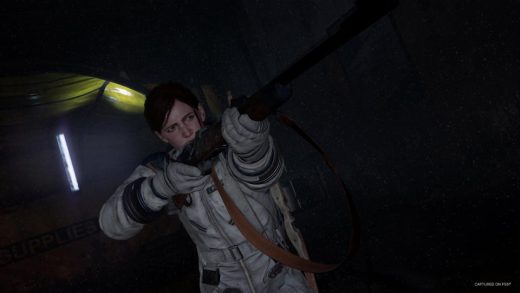The Last of Us Part 2 Remastered review: The roguelike No Return mode steals the show
The Last of Us Part 2 Remastered review: The roguelike No Return mode steals the show
Between the main story and all the new content, there’s a lot of bang for your buck here.
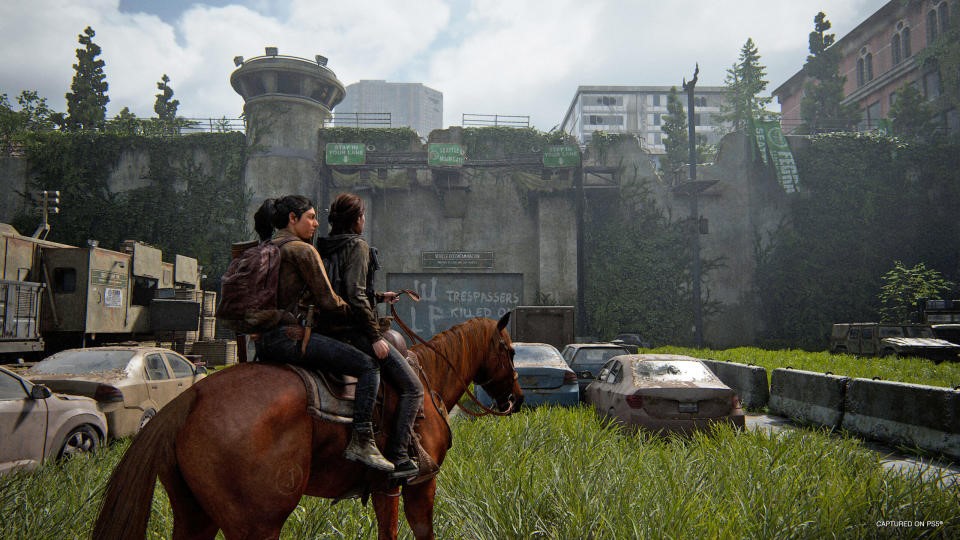
Sony and developer Naughty Dog got an earful back in 2022 when they announced The Last of Us Part I, a ground-up PS5 remake of the 2013 title that was originally released on the PS3 (and then remastered a year later for the just-launched PS4). Most of that came down to the $70 price tag. Yes, the game looked incredible, there were some new modes added for super-fans and enemy AI had been upgraded, but the level design and gameplay were identical to the original. Plenty of people fairly called it a money grab.
The good news that The Last of Us Part II Remastered, announced back in November, escapes that tag for two important reasons. One, it’s a $10 upgrade for people who bought the PS4 versions (or $50 outright). Two, there’s a new roguelike game mode called No Return which is easily worth that upgrade price on its own.
Before diving into No Return, though, here’s a high-level overview of what we’re dealing with. The Last of Us Part II Remastered is, as the title suggests, an upgraded version of the 2020 PS4 release. I reviewed that game when it first launched — and nearly everything I said in 2020 still applies here, because the story and gameplay are unchanged.
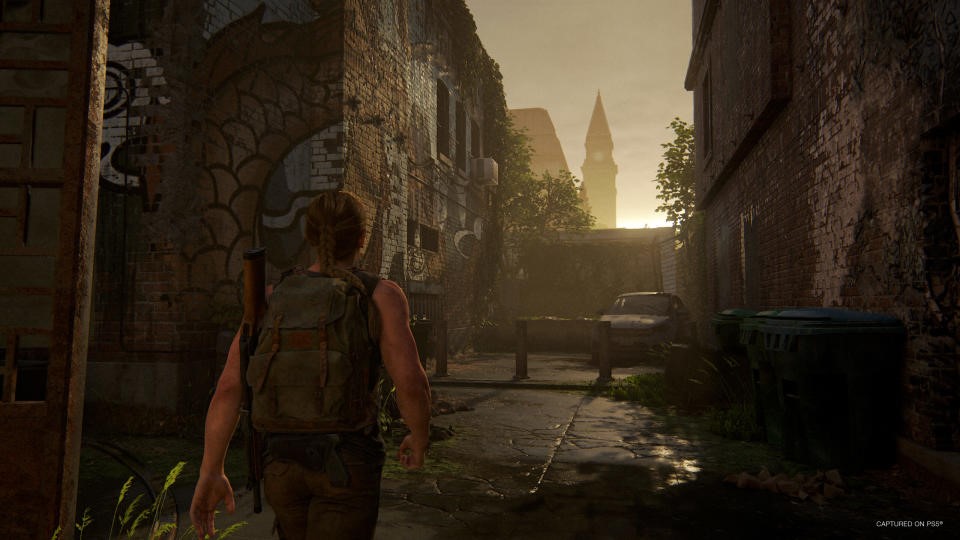
But, as with any good remaster, the new version looks better than the already-impressive PS4 version. Part II Remastered can run in fidelity or performance modes. The former outputs at 4K and targets 30 fps, while the latter targets 60 fps and renders at 1440p (with output at upscaled 4K or 1440p, depending on your console settings). There’s also an “unlocked framerate” feature for TVs that support variable refresh rates.
I typically opt for performance mode. The difference resolution makes is usually minimal to my eyes, and that’s the case here as well. I’d much rather have the fluidity and precision that comes with a higher frame rate. But fidelity settings with an unlocked frame rate definitely hits above 30 and is a pretty great balance for those with VRR TVs — though if you’re on the ultra-difficult Grounded mode or attempting a permadeath runthrough, you’ll probably want to go straight to the performance setting.
Either way, the game looks stunning, but not wildly different from how the original Part II looked on the PS5. Things are sharper and more vivid across the board, as you’d expect. And the high frame rates in performance mode are great, though it’s worth noting that the original version of Part II can also hit 60 fps when played on a PS5.
Other niceties beyond the visuals include full support for the DualSense controller, including excellent use of haptics throughout. The game’s very first cut scene shows Part I protagonist Joel cleaning the frets on a guitar, and you can feel slight vibrations from left to right as his hand moves across the guitar neck.
There’s also full support for the DualSense adaptive triggers, so you feel different resistance and feedback depending on which weapon you’re using. As in most games, DualSense features aren’t the kind of thing that’ll be in the forefront of your mind as you play, but there’s no question they add a nice level of extra immersion to the experience.
The Last of Us Part II Remastered isn’t just a visual upgrade, though — there’s a bunch of new content. Most significant is No Return, an addictive combat experience which I have poured a ridiculous amount of time into already. The high-level overview for No Return is that it’s a series of randomized encounters with the four main enemy factions in the game: the WLF, Seraphites, Rattlers and, of course, the Infected.
In some encounters, you need to clear three waves of enemies; in others you’re hunted by unending hordes until the timer runs out. There’s also one where you’re challenged to capture a safe from a wave of enemies in limited time, and another where you have to defend an ally against a large swarm of Infected that keep coming. After five levels, you’ll hit a “boss.” There are six total boss levels that you progressively unlock by finishing a run without dying. But if you die at any stage of the run, you’re sent back to the beginning.
In between each encounter, you can craft upgrades for your weapons and buy new gear from the trading post to help you survive the progressively more difficult stages. And there are a ton of different modifications that affect how each level plays out. For example, you might randomly get a mod that gives you health when you land a melee attack, or you might end up with one where Infected enemies are invisible, just shadows in your flashlight. Sometimes, the level might be reversed, crafting an item will give you parts to upgrade a weapon or a dark noir filter will be applied. These mods aren’t on every level, and only two will show up at a time, so it doesn’t feel like there’s too much madness across a run. But, they can definitely shake up what might otherwise be a familiar stage.
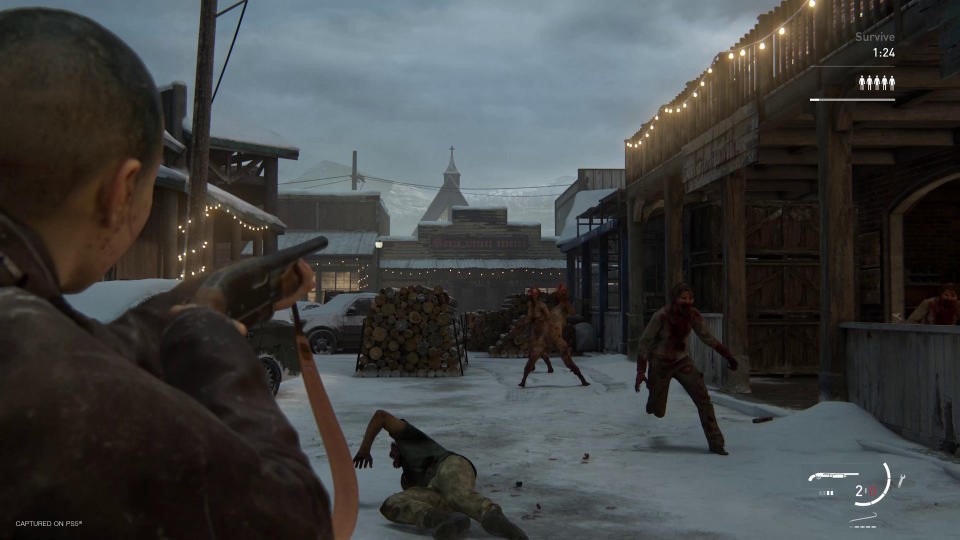
I’m just scratching the surface on how much you can customize this experience. There are a total of 10 unlockable characters you can play as from both the Jackson crew (Ellie, Dina, Jesse, Tommy and Joel) and those you meet in Seattle (Abby, Lev, Yara, Manny and Mel). Each has different traits (Ellie gets more supplements, Joel can’t dodge but is more resistant to melee attacks, Lev is focused on stealth, etc.). Between different characters, the different signature weapons they have and all the different weapons and player upgrades you can get through the run, every No Return experience will be wildly different.
There are a ton of details to talk about in No Return, but suffice it to say it’s extremely addictive and easily worth the $10 upgrade. If they just added this mode to the PS4 version of The Last of Us Part II, I would still have no qualms about recommending fans buy it. I’ve seen hosts of extremely impressive combat videos from Part II since the game was released, and I’m sure we’re about to get another wave as people show off their narrow escapes and dominant destruction of hordes of Infect in No Return. It’s a ton of fun — though I will admit that the extremely violent tone requires extended breaks from time to time to get out of the murderous mindset it requires.
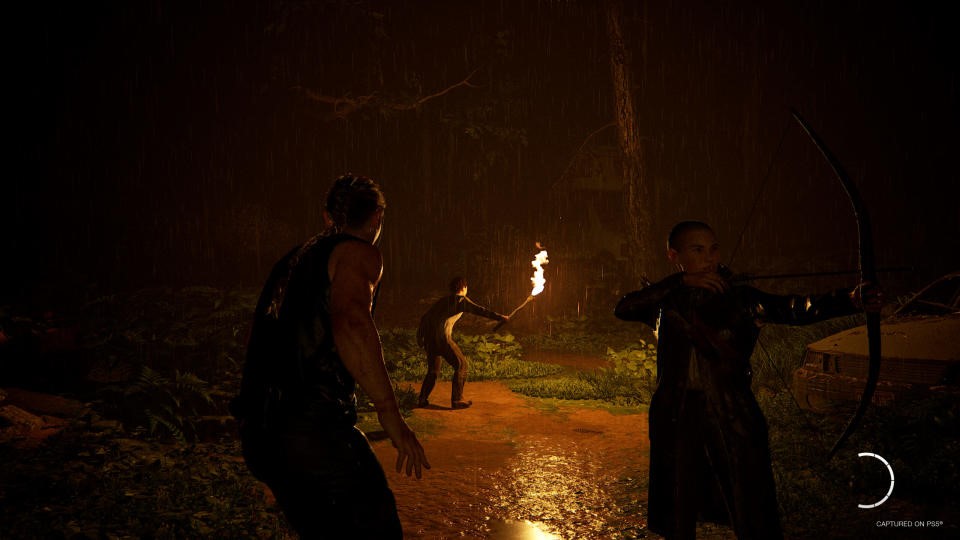
No Return is the biggest addition to the game by far, but there is more new content for the hardcore fans. All of the main game’s main cinematics now have optional audio commentary from director Neil Druckmann, writer Hailey Gross and actors Troy Baker, Ashley Johnson and Laura Bailey. The Last of Us Part II has a sprawling, complicated and sometimes controversial storyline, and hearing behind-the-scenes chatter about how it all came together is a great way to dig further into the game’s creation.
Similarly, Naughty Dog included three “lost levels” that are quite rough but show off some ideas that flesh out the world and Ellie’s character a bit, complete with audio commentary from developers on what they were shooting for and why they were ultimately abandoned. My favorite is one that takes place in Jackson before a pivotal scene between Ellie and Dina. In this, Ellie wanders around a festival, having a few drinks, talking with other characters, playing around with kids in the town and trying out some carnival games. The setting repurposes the game’s mechanics, which are usually used for enacting violence, and instead puts them in a totally different light.
These levels are far from finished — the aforementioned Jackson scene doesn’t have any dialog at all, only subtitles. And the textures, facial expressions and mechanics all definitely feel rough. They’re also pretty quick experiences, probably lasting between five and 10 minutes. A treat only for hardcore fans, but still a treat.
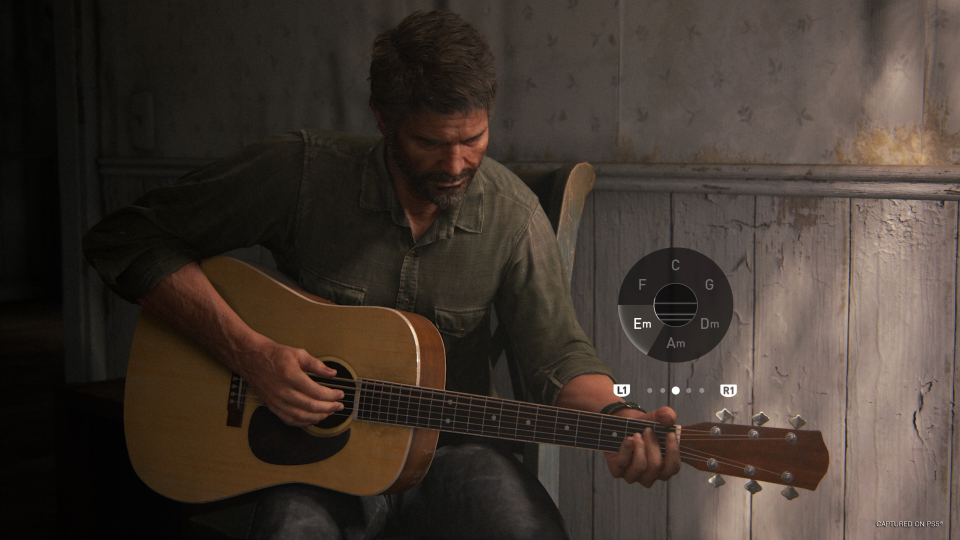
Rounding out the package are a bunch of new unlockable character skins, including an adorable one of Ellie in an astronaut suit, complete with a helmet. The already-extensive Photo Mode has gotten a few upgrades, like lights you can place around a scene to enhance the drama. And there’s a goofy but fun “guitar free play” mode, where you can experiment with an enhanced version of the interludes in the game where you strum a guitar to kick off key story beats. Plenty of enterprising players have already made some pretty wild creations using the in-game guitar, and now you can switch between multiple guitar types (acoustic, nylon-string, banjo) and add effects that really open up the creative possibilities.
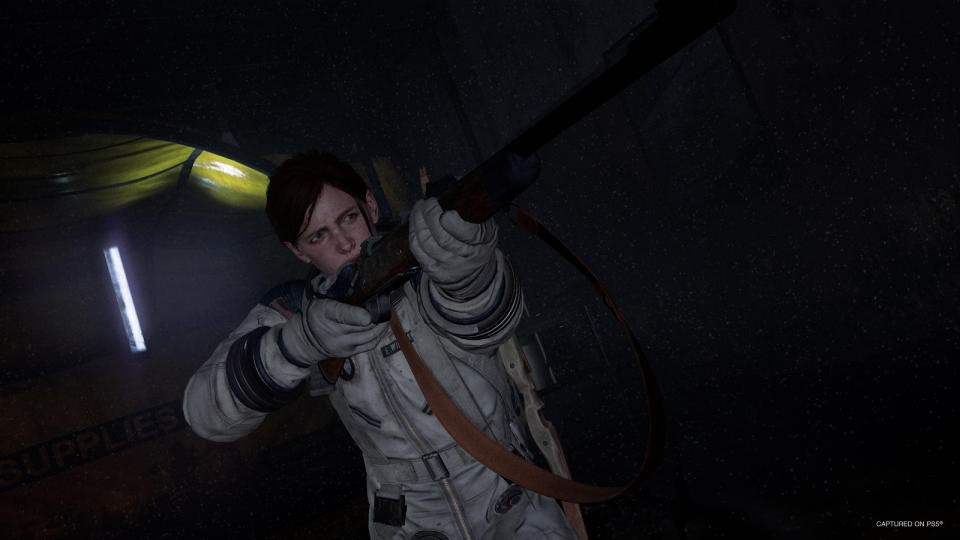
If you’re someone interested in The Last of Us and haven’t played Part II yet, this is the obvious best way to do so. I still highly recommend the game — it’s an intense, exhausting journey that puts some characters I love through the wringer, but it’s an undeniably epic adventure. It’s not “fun” in the traditional sense, but it is compelling. As I wrote in 2020, so much stands out: moments of extreme tension, moments that made me yell in shock or surprise, thought-provoking drama and even unexpected joy amidst the bleak reality of Ellie and Abby’s dual journeys.
But if you’ve played the original, is this remaster worth picking up? If you’re a fan of the series, the $10 upgrade is unquestionably worth it. No Return is worth the price of admission on its own, and all the graphical upgrades, controller improvements and bonus content are things you’ll appreciate. Like I said when I reviewed The Last of Us Part I — if you’re the kind of person who will pick up this game and play it to experience the story every year or two, like I do, this is the best way to do it.
(7)

